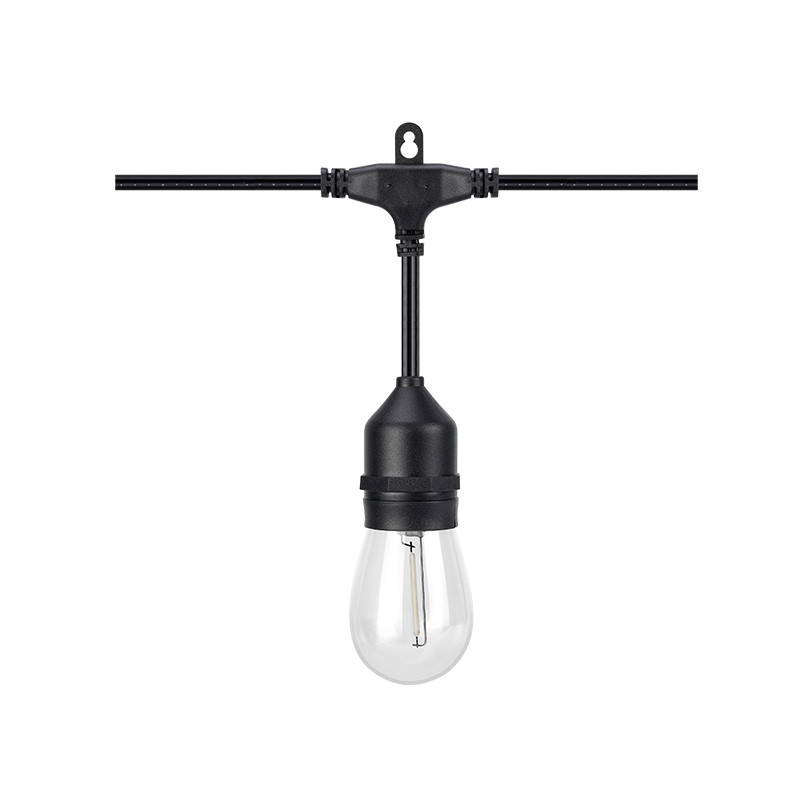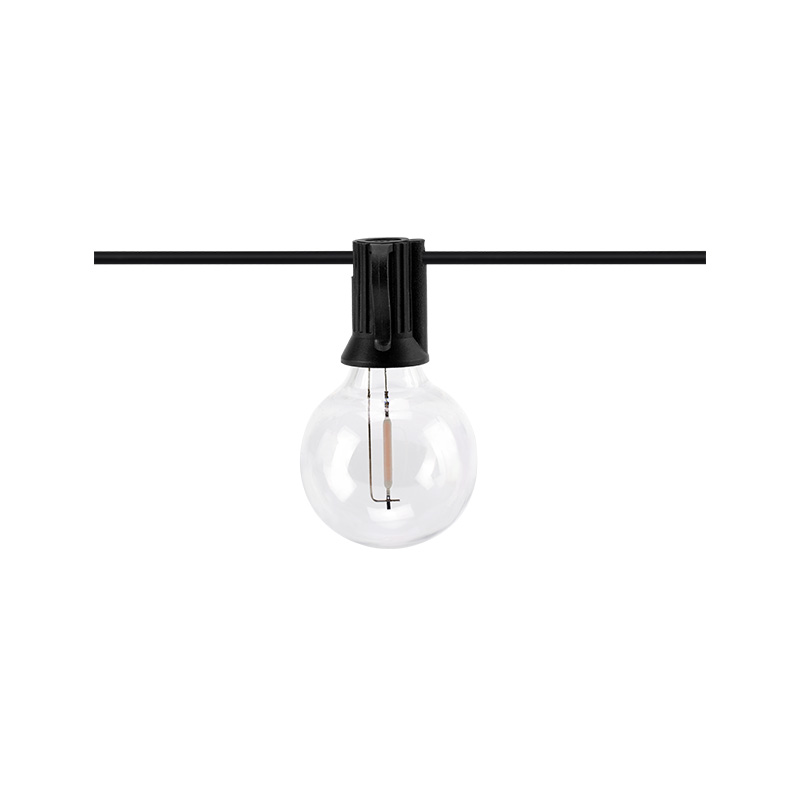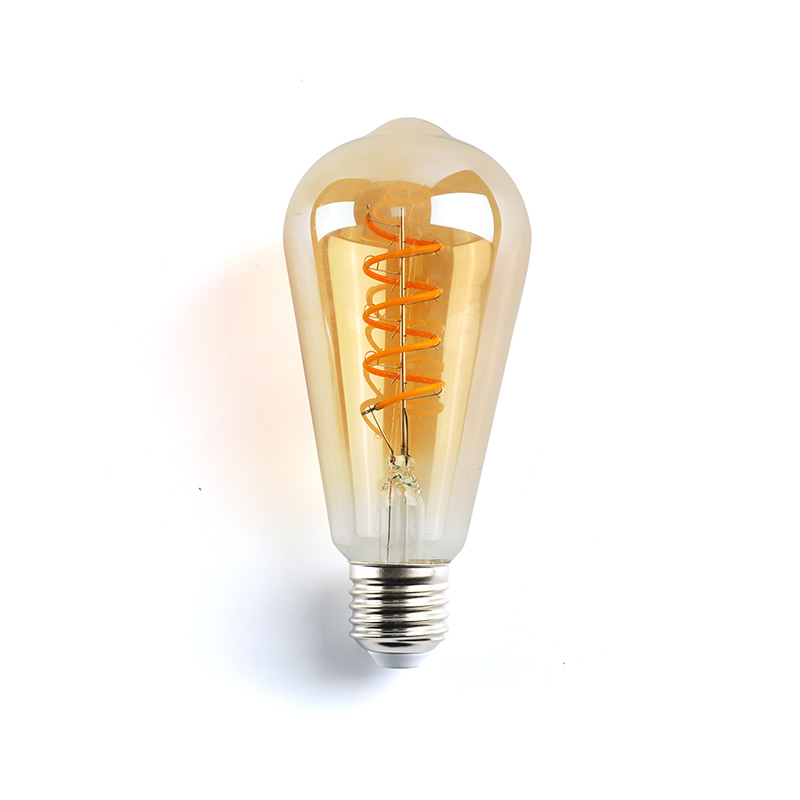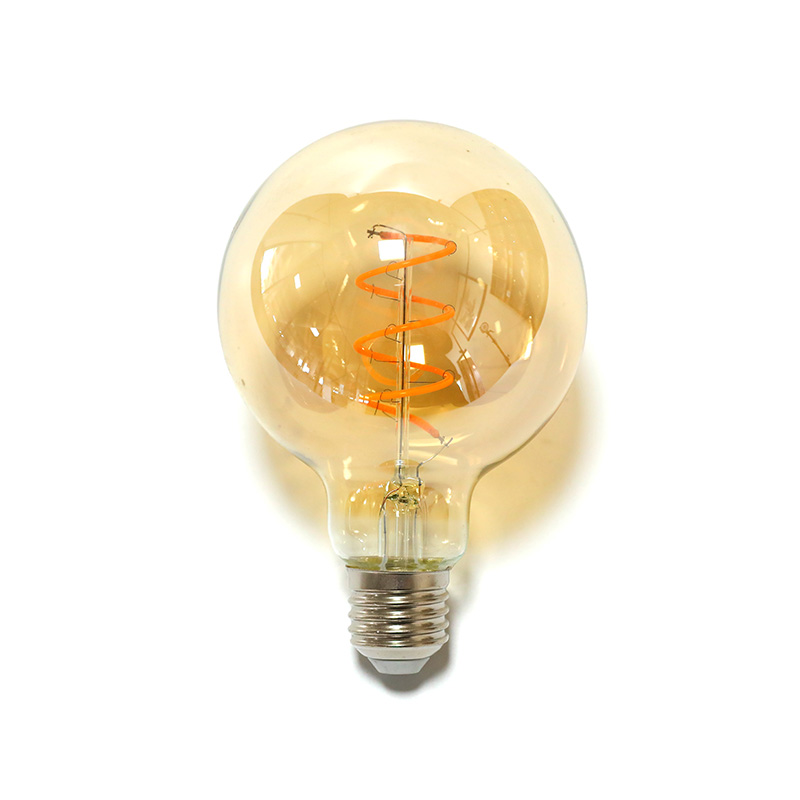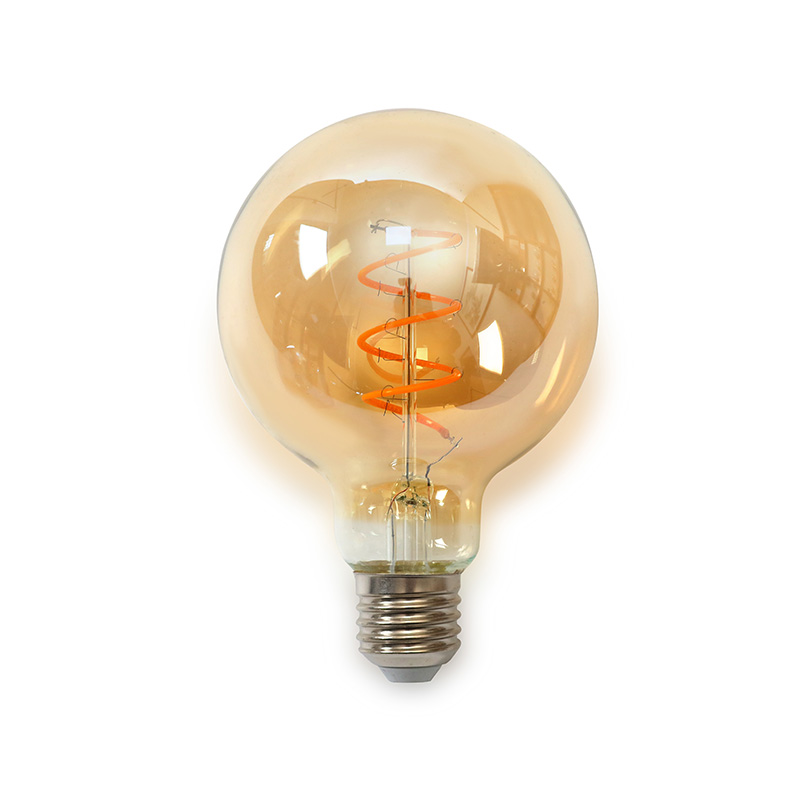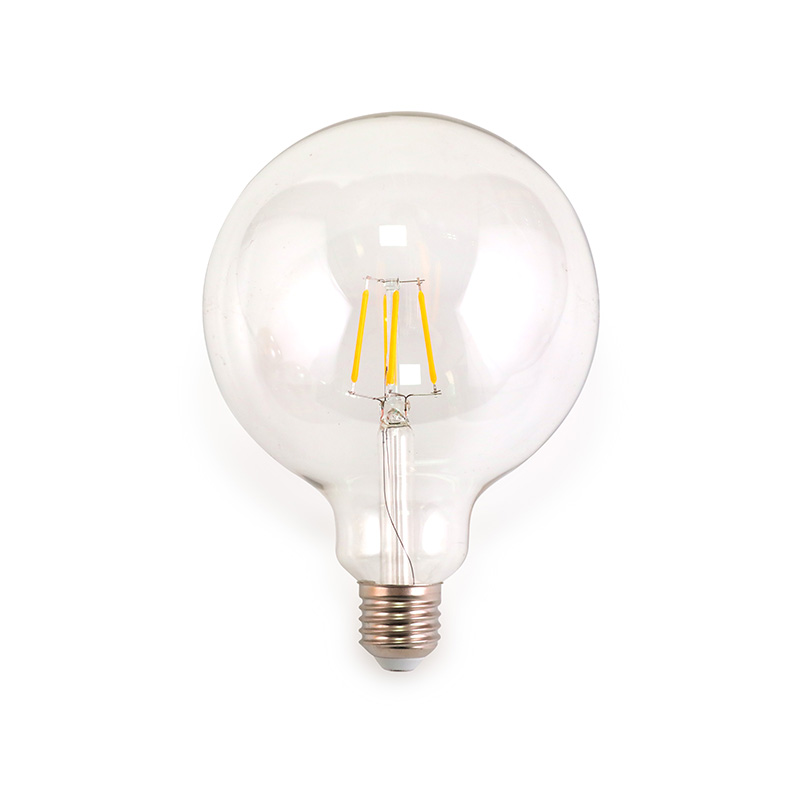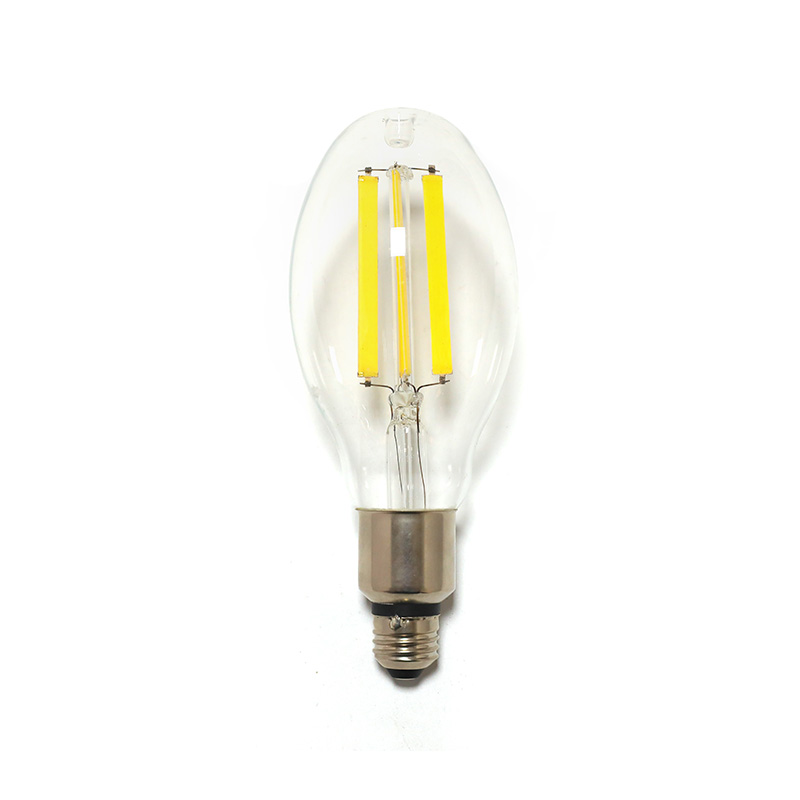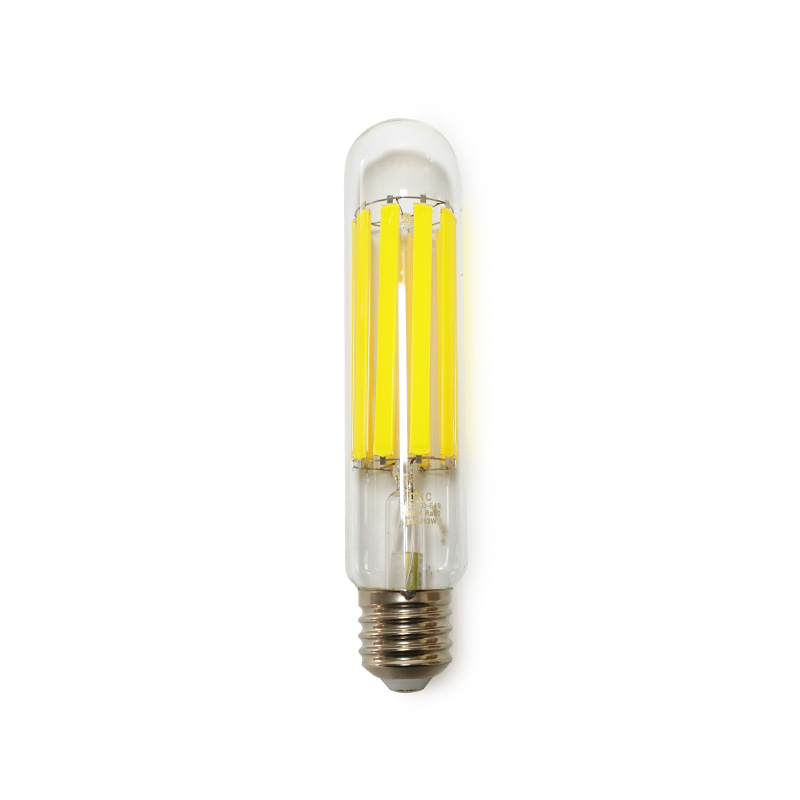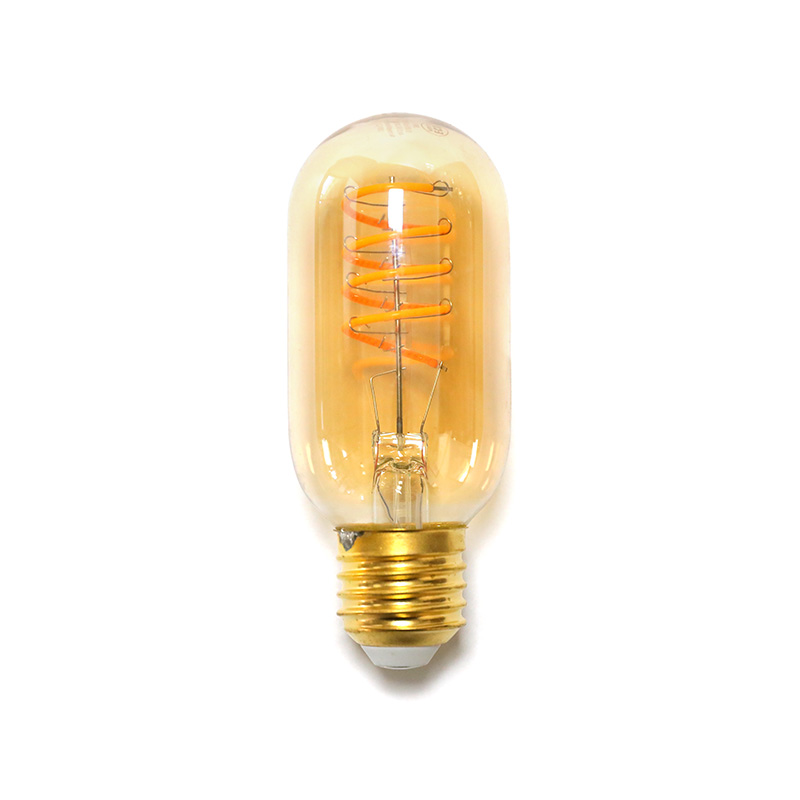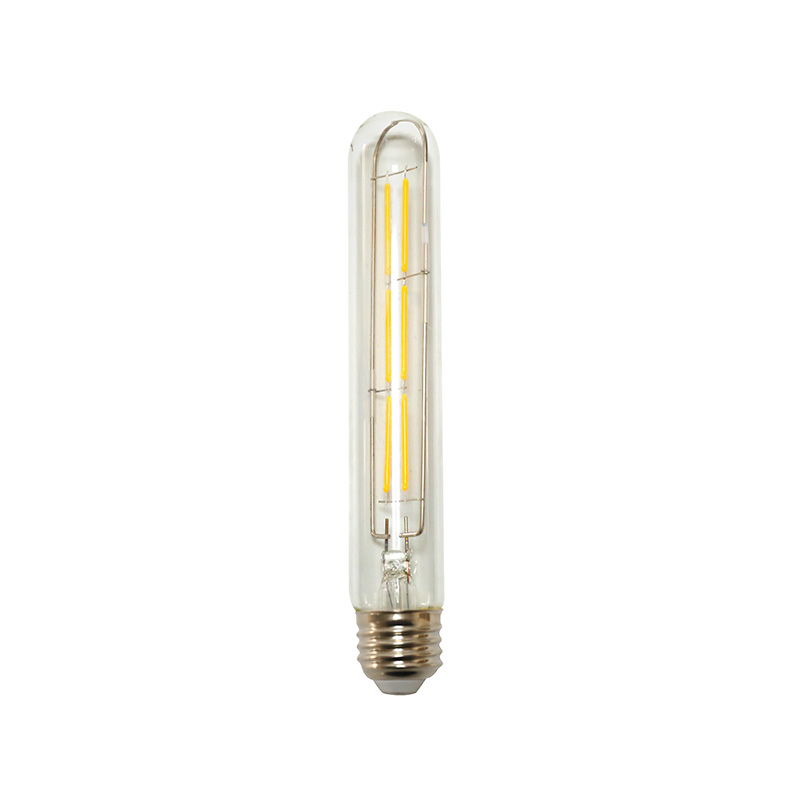
Dimmable long tube light bulbs have emerged as a versatile and energy - efficient lighting solution, finding applications in various settings, from commercial spaces to residential homes. These bulbs offer the unique advantage of adjustability, allowing users to control the intensity of light according to their specific needs and preferences.
How Dimmable Long Tube Light Bulbs Work
1. Dimming Mechanisms
Electronic Dimming: Most dimmable long tube light bulbs, especially LED ones, use electronic circuits to control the amount of current flowing through the bulb. By adjusting the current, the brightness of the bulb can be regulated. For example, in a typical LED dimmable long tube, the driver circuit responds to the dimmer signal (such as a pulse - width modulation - PWM signal from a compatible dimmer switch) and adjusts the power supplied to the LED chips.
Magnetic Dimming (in some fluorescent models): In certain fluorescent long tube bulbs, magnetic ballasts can be used for dimming. The magnetic ballast controls the current in the fluorescent lamp. When a dimming signal is received, the magnetic field within the ballast is adjusted, which in turn changes the current flowing through the tube, thereby dimming the light output.
2. Compatibility with Dimmer Switches
Different types of dimmable long tube light bulbs require specific types of dimmer switches. LED bulbs often work best with LED - compatible dimmer switches. These switches are designed to work with the low - power consumption and unique electrical characteristics of LEDs. For example, a leading - edge or trailing - edge dimmer switch might be used, depending on the design of the LED bulb's driver circuit.
Fluorescent dimmable long tube bulbs need dimmer switches that are compatible with the type of ballast (magnetic or electronic) used in the bulb. Incorrect switch - bulb combinations can lead to issues such as flickering, buzzing, or improper dimming.
Advantages of Dimmable Long Tube Light Bulbs
1. Energy Efficiency
Dimmable long tube light bulbs, particularly LED versions, are highly energy - efficient. LEDs consume significantly less power compared to traditional incandescent or even fluorescent bulbs. For instance, a 6 - watt dimmable LED long tube can provide the same amount of light as a 60 - watt incandescent bulb. When dimmed, they consume even less power, making them an excellent choice for reducing energy costs.
By being able to adjust the light intensity to match the required level, unnecessary energy consumption is avoided. In areas where full brightness is not always needed, such as in a partially occupied office or a living room during relaxation time, dimming the long tube bulbs can lead to substantial energy savings.
2. Customizable Lighting Atmosphere
The ability to dim the light allows for creating different lighting atmospheres. In a restaurant, dimmable long tube light bulbs can be used to create a more intimate and cozy setting in the evening by reducing the brightness, while during the day, they can be set to full brightness to provide a well - lit dining area.
In a home office, the light intensity can be adjusted based on the task at hand. For detailed work, full brightness may be required, while for more relaxed reading or brainstorming sessions, a lower light level can be set to create a more comfortable environment.
3. Extended Bulb Lifespan
When dimmable long tube light bulbs are operated at lower brightness levels, the components within the bulb, such as the LED chips or the filaments in some types, experience less stress. This reduced stress can lead to a longer lifespan. For example, an LED long tube bulb that typically has a lifespan of 25,000 - 50,000 hours at full brightness may last even longer when dimmed, as the electrical and thermal loads on the components are decreased.
Types of Dimmable Long Tube Light Bulbs
1. LED Dimmable Long Tube Light Bulbs
Advantages:
High energy efficiency, as mentioned earlier, with a long lifespan.
They come in a variety of color temperatures, from warm white (around 2700K - 3000K) which gives a cozy, yellowish - white light similar to traditional incandescent bulbs, to cool white (around 4000K - 5000K) for a brighter, more clinical - looking light, and daylight white (around 5500K - 6500K) which mimics natural daylight.
LED dimmable long tube bulbs are mercury - free, making them an environmentally friendly choice.
Applications: They are widely used in commercial spaces such as offices, warehouses, and retail stores due to their energy - saving properties and long - term cost - effectiveness. In residential settings, they can be used in kitchens, hallways, and basements.
2. Fluorescent Dimmable Long Tube Light Bulbs
Advantages:
They offer good light output for their power consumption. Some fluorescent dimmable long tube bulbs can still provide a relatively high lumen output even when dimmed.
They have been in use for a long time, and there is a wide range of fixtures available that are compatible with them.
Disadvantages:
Fluorescent bulbs contain mercury, which requires proper disposal to avoid environmental contamination.
They may not have as long a lifespan as LED bulbs, especially when dimmed frequently.
Applications: Fluorescent dimmable long tube bulbs are still commonly used in some older commercial buildings and industrial facilities where the existing infrastructure is designed for fluorescent lighting.
3. Incandescent Dimmable Long Tube Light Bulbs (less common)
Advantages:
They provide a warm, natural - looking light that some people prefer. The dimming effect on incandescent bulbs can create a very smooth and gradual change in brightness.
Disadvantages:
They are extremely energy - inefficient compared to LED and even fluorescent bulbs. They convert a large amount of electrical energy into heat rather than light.
Their lifespan is relatively short, usually only a few thousand hours.
Applications: Incandescent dimmable long tube light bulbs may be used in some decorative or specialty lighting applications where the warm, traditional look is highly desired, such as in some vintage - themed restaurants or historical buildings.
Applications of Dimmable Long Tube Light Bulbs
1. Commercial Applications
Offices: Dimmable long tube light bulbs can be used to create a more comfortable working environment. By allowing employees to adjust the light intensity at their workstations, it can reduce eye strain and improve productivity. In common areas like corridors and break rooms, the light can be dimmed during off - peak hours to save energy.
Retail Stores: The ability to control the light intensity can enhance the visual appeal of products. For example, in a clothing store, brighter light can be used in the display areas to make the clothes look more vibrant, while a slightly dimmer light can be used in the fitting rooms to create a more flattering environment for customers.
Hotels and Restaurants: Dimmable long tube light bulbs can be used to create different moods. In a hotel lobby, bright light can be used during the day to give a welcoming feel, and at night, the light can be dimmed to create a more relaxing atmosphere. In a restaurant, the lighting can be adjusted according to the time of day and the type of dining experience (e.g., bright for a quick lunch, dim for a romantic dinner).
2. Residential Applications
Kitchens: Kitchens often require different levels of light. For food preparation, full brightness may be needed, while for a more casual gathering around the kitchen island, the light can be dimmed. Dimmable long tube light bulbs can be installed under cabinets or as ceiling lights to provide this flexibility.
Living Rooms: They can be used to create a cozy atmosphere for watching TV or reading. By dimming the light, it can reduce glare on the TV screen and make the room more inviting.
Bedrooms: Dimmable long tube light bulbs can be used to set a relaxing mood before going to sleep. The ability to gradually dim the light can also help with the transition from wakefulness to sleep.
Choosing the Right Dimmable Long Tube Light Bulb
1. Consider the Bulb Type
As discussed, LED bulbs are generally the most energy - efficient and long - lasting option. However, if you prefer the warm, traditional look of incandescent light or already have a significant investment in fluorescent fixtures, you may consider those types. But keep in mind the energy and environmental implications.
When choosing an LED bulb, look for ones with a high Color Rendering Index (CRI). A CRI of 80 or above is considered good, as it means the bulb will accurately render the colors of objects in the room.
2. Check Compatibility
Ensure that the dimmable long tube light bulb is compatible with your existing fixtures. For example, if you have a fixture with a specific base type (such as E26, E12, or G13), make sure the bulb you choose has the correct base.
Also, check the compatibility with the dimmer switch. If you are using an existing dimmer switch, make sure it is compatible with the type of bulb you are buying. If not, you may need to install a new dimmer switch.
3. Evaluate Light Output and Color Temperature
Determine the amount of light (measured in lumens) you need for the space. A larger room or a task - oriented area will require a higher lumen output.
Consider the color temperature that best suits the application. Warm white for a cozy and relaxing environment, cool white for a more energetic and bright space, and daylight white for areas where natural - looking light is preferred.
Installation and Maintenance
1. Installation
Before installing a dimmable long tube light bulb, always turn off the power to the fixture at the circuit breaker.
For LED and fluorescent bulbs, carefully insert the bulb into the fixture, making sure the pins or base are properly aligned. Some fixtures may require a twisting or pushing motion to secure the bulb in place.
If you are installing a new dimmer switch to use with your dimmable long tube light bulb, follow the manufacturer's instructions carefully. This may involve wiring the switch to the electrical box and connecting it to the fixture.
2. Maintenance
LED dimmable long tube light bulbs generally require very little maintenance. However, if they start to flicker or not dim properly, check the dimmer switch settings first. If the problem persists, the bulb may be faulty and need to be replaced.
Fluorescent bulbs may need to be replaced more frequently compared to LEDs. If a fluorescent bulb starts to flicker or has a reduced light output, it may be reaching the end of its lifespan. When disposing of fluorescent bulbs, take them to a proper recycling center due to the mercury content.
Incandescent dimmable long tube light bulbs, if used, will need to be replaced relatively often. They may also generate more heat, so make sure the fixture is designed to handle the heat and that there is proper ventilation around the bulb.
Conclusion
Dimmable long tube light bulbs offer a wide range of benefits, from energy savings to customizable lighting. By understanding the different types, applications, and how to choose and maintain them, you can make an informed decision when it comes to lighting your commercial or residential spaces. Whether you are looking to upgrade your existing lighting system or planning a new construction project, dimmable long tube light bulbs are a versatile and practical lighting solution worth considering.

 English
English русский
русский